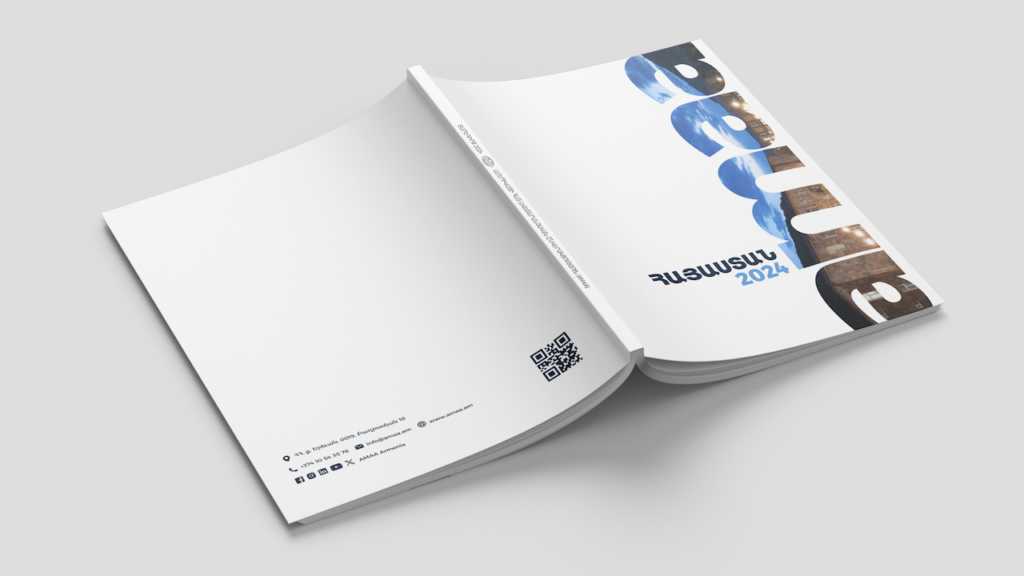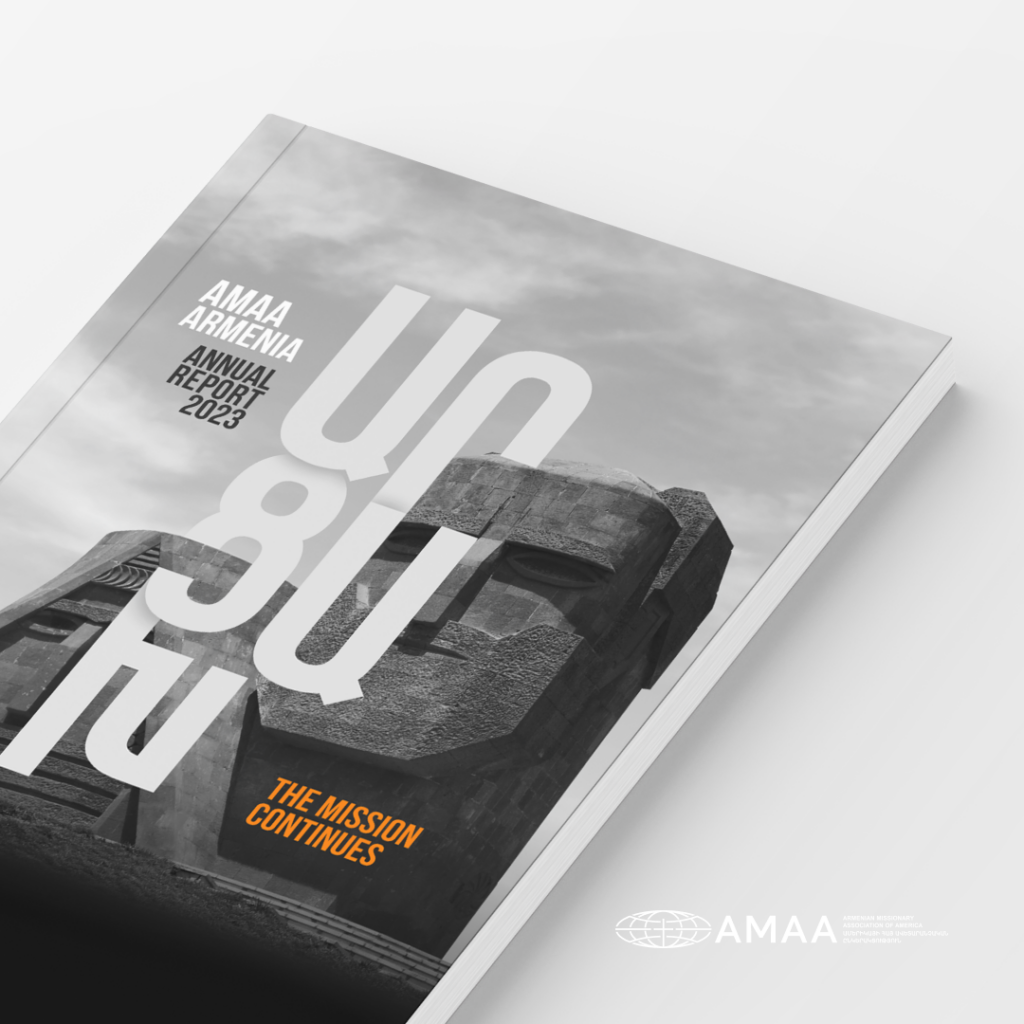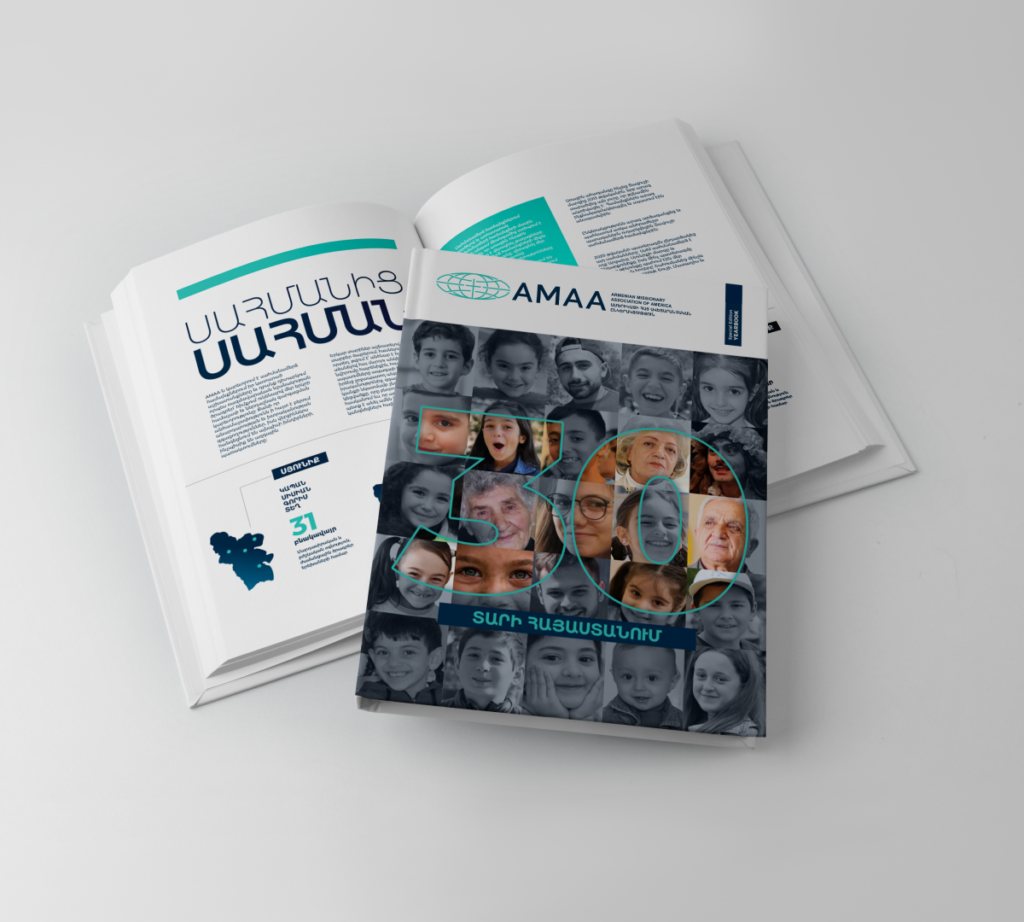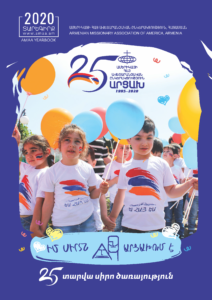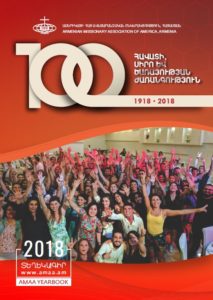For the Armenian Nation, April 24 is a solemn day of remembrance, contemplation, and determination to achieve justice that has eluded us for over a century. It is a day when faith is reinforced and hope seems to progress towards actualization. It stands at a crossroad providing us with options as to what methods of action to adopt. It is a time to take stock of past struggles, failures, and successes dotted on the road to Ararat. In this journey of ups and downs, optimism should guide us, because the alternative portends a dark abyss from which one cannot elevate oneself to see the light at the end of the tunnel. Here, famous Armenian-Russian sea painter Ivan Ayvazovski’s canvasses should serve as an example.
Many of them portray men and vessels struggling against threatening high waves in tempests raging under gloomy clouds. But they invariably radiate hope for a safer and a brighter future in an emergency arrangement evincing God’s omnipotence and omnipresence.
Giving up is not an option; it empties us of our soul, meaning, and purpose. It x-rays us to show only a skeleton deprived of existential rights. But emotions and mental exercise should walk hand-in-hand with concrete plans for sustainability as constituent members of a nation that is currently seeking solutions to its myriad problems. A key factor for success is to educate young generations with objective and realistic history lessons which instill pride, but not empty rhetoric. Another essential is to prepare healthy citizens cognizant of their rights and responsibilities within a just and democratic system. The list goes on.
For ethnic identity preservation, the Family comes first. Our homes are living, breathing museums that link the past to the present to the future. Heirlooms, oftentimes taken for granted, are actually story tellers that convey messages to all generations within the household. Any object from a dowry may kindle interest in one’s self-discovery and trigger further exploration, thereby retrofitting the Armenian pivot for posterity.
 When combined, these and other suggestions/solutions will tell us why April 24 is still relevant, why the struggle for justice is worthwhile to carry on, and why reclaiming Ararat, Ani, Van, and the rest of the rich land once owned and inhabited by our ancestors is a real possibility.
When combined, these and other suggestions/solutions will tell us why April 24 is still relevant, why the struggle for justice is worthwhile to carry on, and why reclaiming Ararat, Ani, Van, and the rest of the rich land once owned and inhabited by our ancestors is a real possibility.
Vahram L. Shemmassian, Ph.D.
Director of the Armenian Studies Program at California State University



